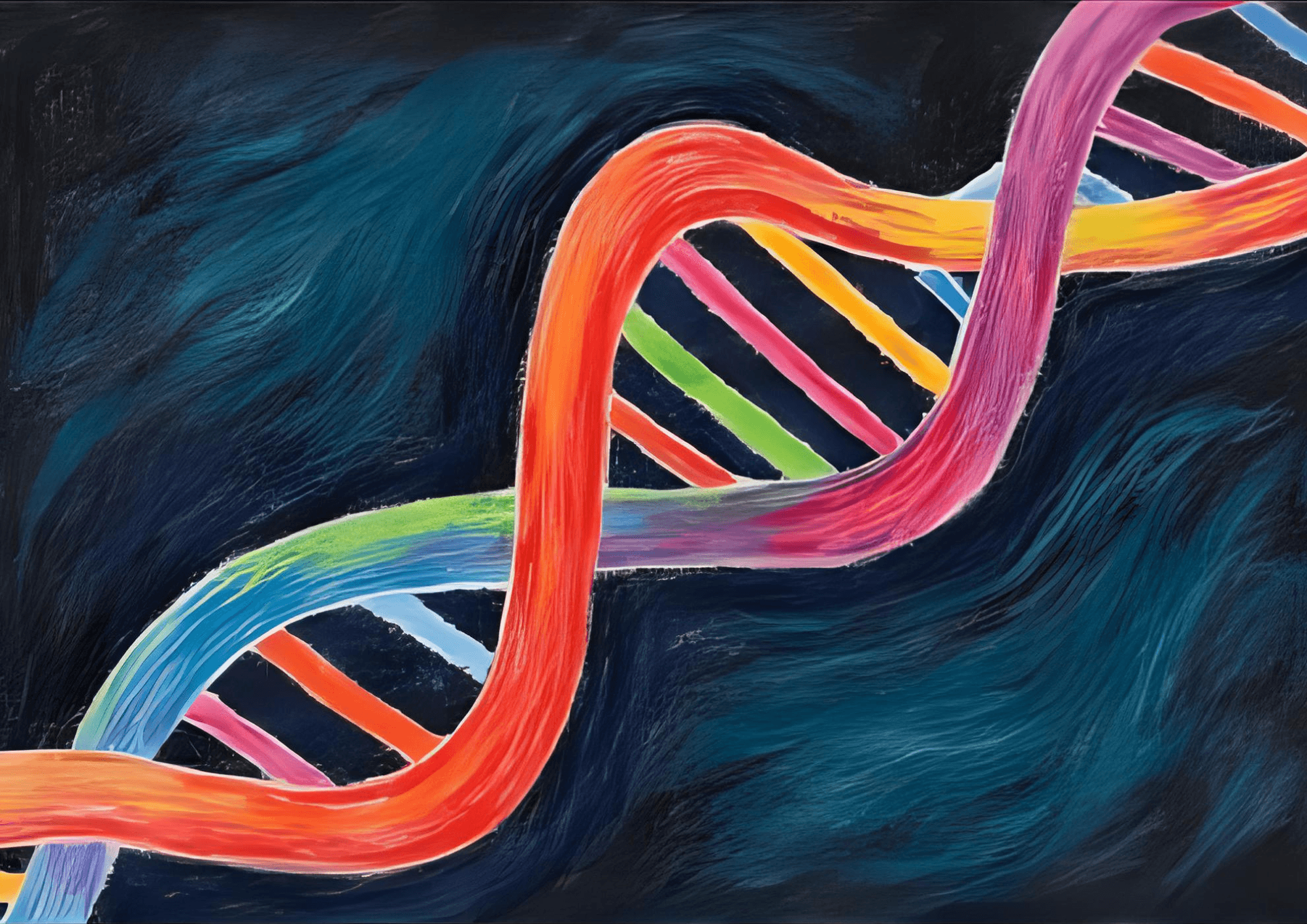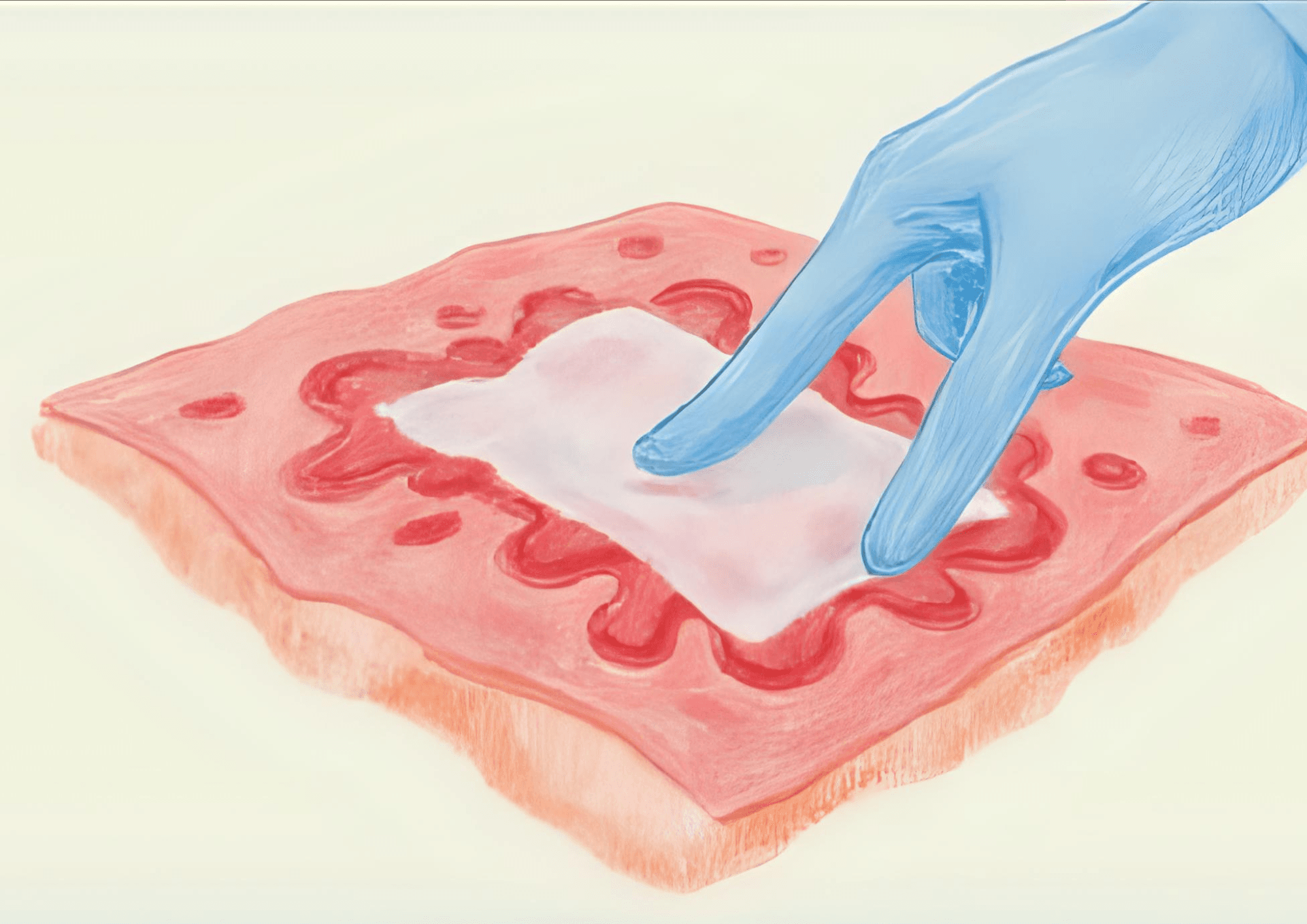10 Jun 2025
10 MIN READ
Colon cancer: A curable cancer demands early efforts
Numerous actions are going on inside us, but we do not feel them. We hardly show concern about our health unless the body gives signs of something unhealthy inside. The Brazilian soccer player Edson Arantes Do Nascimento, popularly known as PELE, died in 2022. He had colon cancer. He was 82 then.
Our large intestine is the end part of our digestive tract. It absorbs water from the fully digested food and throws the waste out of our bodies.
The internal wall of our large intestine sometimes develops polyps or unnatural tissue growth. Consult your doctor as early as possible.
Apart from breast and lung cancers, colon cancer is the third most prevalent cancer globally.
One estimate by the American Chemical Society states that there were 152,800 cases of colon cancer in 2024. A total of 81,540 cases were reported in men, and 71,260 cases in women.
Understanding Colon Cancer
Colon cancer, also called colorectal cancer, occurs when the colon or rectum shows polyps or abnormal tissue growth, leading to cancer. The rectum is the final section of the digestive tract, containing feces or stool.
Many of us have polyps in the large intestine, but few of them develop cancer. These polyps do not show any symptoms initially.
A flat ribbon-like or pencil-shaped stool indicates that the space inside the intestine has tapered. It is beneficial to consult your physician quickly.
Colon cancer can affect us at any age. Generally, it affects those above 50. However, some instances prove that out of 100, 28 people can have cancer below 40 years of age.
Our genes inherit colon cancer. Men or women may have colorectal cancer or polyps. If you eat red meat and have a sedentary lifestyle, you may be at risk of colon cancer.
Types of colon cancer
Colorectal cancer kills many in the USA. Let us know the different types of colon cancer minutely.
-
Anal cancer (end of the rectum)
-
Adenocarcinoma (inner wall of colon)
-
Colorectal lymphomas (inner lining of colon or rectum)
-
Carcinoid tumors (stomach, small & large intestines, or rectum)
-
Colorectal cancer (colon or rectum begins with polyps)
-
Adenomatous polyposis (colon or rectum)
-
Nonpolyposis colorectal cancer (genetic colorectal cancer)
Adenocarcinoma is the most common cancer among people. Adenomatous polyposis occurs in adolescence. It fills the colon and rectum with polyps, causing colorectal cancer at later stages.
DNA changes or mutations cause hereditary nonpolyposis colorectal cancer. It may develop cancer in the ovaries, stomach, or colorectal cancer.
Prevalence
-
Anal cancer had 10,550 cases in 2024 in the USA.
-
Adenocarcinoma develops in the body cavities. It may damage the breasts, lungs, colon, prostate, or pancreas.
-
1 in 100,000 people might have carcinoid tumors.
-
1 in 24 males and 1 in 26 females may have colorectal cancer.
-
1 out of 500 has hereditary nonpolyposis colorectal cancer, common in Europe and the Middle East.
Who may have colon cancer?
Your small intestine is indeed not that small. It has a total surface area of about 2,700 sqft, quite the size of a tennis court, when laid out flat.
The growing pollution, insecticides in every food, and roadside food consumption may create challenges for us. However, we can manage certain factors, such as:
-
Obesity
-
Diabetes
-
Red meat meals
-
Smoking
-
Excessive alcohol consumption
But we cannot manage these.
- If you had a gallbladder surgery
- If you have a history of polyps.
- Any swelling or pain in your stomach
- If you had radiation therapy.
- A family history of polyps
From birth to 75 years of age, colon cancer may kill men by 0.66% and women by 0.44%. Similarly, rectal cancer may kill males by 0.46% and females by 0.26%. However, the mortality in both cases is 8.9 per 100,000 people.
Why do we have colon cancer?
Genetics, daily habits, and our environment often make our colon cells grow uncontrollably. As a result, we suffer from colon or colorectal cancer.
Researchers are finding the exact reason for colon cancer. You know! We have DNA and RNA inside our cells, which make us look like our parents. Our DNA has the instructions for cell functions.
If the structure of the DNA changes, it modifies the cell functions, and the cell starts to multiply. This is how we develop a tumor or cancer. Different factors contribute to the development of colon cancer, such as:
-
Heredity causes 10% of colon cancers. It means we borrow them from our parents.
-
Your meal may cause you cancer.Red meat eaters may have a 7% colon cancer.People eating low fiber might have a 10% colon cancer.Individuals consuming processed meat have the risk of 12% colon cancer.
-
Bowel diseases like Lynch syndrome, or Hereditary nonpolyposis colorectal cancer, is due to DNA changes.Ulcerative colitis or swelling in the inner wall of the large intestineFamilial adenomatous polyposis, or many polyps from the colon to the rectum, in teenagers
How do we know about our colon cancer?
A long tube with a camera goes into your colon. It accurately shows the number of abnormal cells or polyps in the large intestine. This exam or test is called a colonoscopy.
It is best to have a colonoscopy or other tests mentioned by your doctor after you turn 50. It keeps away the dangers of colorectal cancer.
Symptoms
People may not show any signs of colon cancer at the beginning and feel healthy and fine. However, keeping an eye on the symptoms is a wise decision. If you have:
-
Frequent diarrhea or constipation.
-
Blood in your stool.
-
Cramps or pain in your stomach
-
The feeling of gas within your belly
-
You feel your bowel movement is not clear
-
You feel tired or weak.
-
You turn slim without trying.
Colorectal tests
Your colon has live and dead bacteria, digested fiber, and food remains. Your gut develops immunity for your body to function properly. Hence, it is important to care about your colon.
Consult your doctor if you see early signs of colon cancer. Colon cancer patients are cured by 90%. The recommended tests are:
-
Colonoscopy
-
Virtual colonoscopy (uses X-rays)
-
Sigmoidoscopy
-
Blood tests
-
Stool tests
-
Stool DNA tests
-
Stool blood tests
Sigmoidoscopy uses a sigmoidoscope. It is a device with a light and flexible tube with a lens to view the interior of your colon. It comes with a tool to scrape the cancerous cells or tissues.
18% of colonoscopies were done worldwide in 2021.
Different stages of colorectal cancer
Colon cancer has multiple stages within your body. It spreads gradually to other organs. The stages are:
-
-
Abnormal cell growth within your large intestine
-
Cancer cells develop on the inner wall
-
These cancer cells extend into your intestine and its outer wall
-
They grab the neighboring organ.
-
The cancer spreads to the lungs and liver.
Methods of treatment
If you have colon cancer, the doctor will suggest surgery. Thus, it limits the growth of cancerous tissues inside your colon, or else you may go for:
-
Medications
-
Chemotherapy
-
Radiation therapy
-
Immunotherapy - uses the body's immune system.
-
Medications to target the specific genes causing colon cancer.
-
Surgery with chemotherapy
Keeping a clean colon
You can keep your intestines healthy by following these steps:
-
-
Drink water to flush the toxins out of your colon.
-
Fiber clears your intestines.
-
Physical activities help you stay fit in every way.
-
Consult a doctor if constipation persists.
-
Limit processed foods, and eat fruits that are full of fiber.
You may clear your bowel twice or thrice daily. A Sloth passes stool once a week. It has a slow metabolism and loses one-third of its weight after a single bowel movement.
Summing it all up
Colon cancer spreads throughout your body over 10 years. It takes a long time to modify your unhealthy habits into good ones. Refrain from eating outside food, cigarette or alcohol addiction, and weight gain. Try exercising, taking long walks, or running to breathe fresh air. For instance, eating fruits, as they are high in fiber and hydrate you as well. Your colon is the energy booster for your brain, heart, and lungs. So, keep it healthy by nourishing it.



